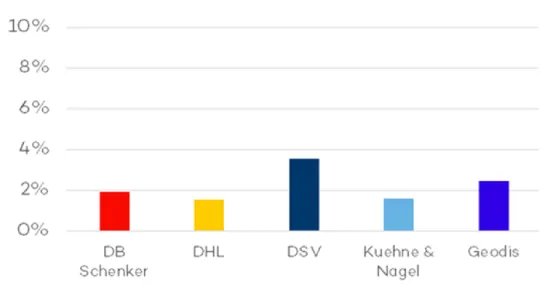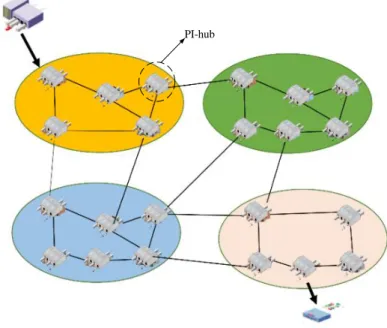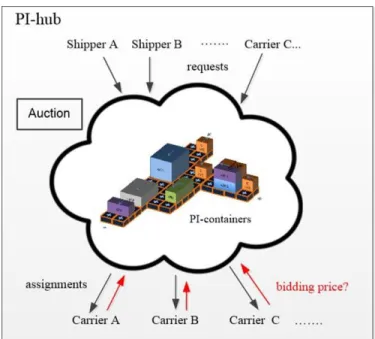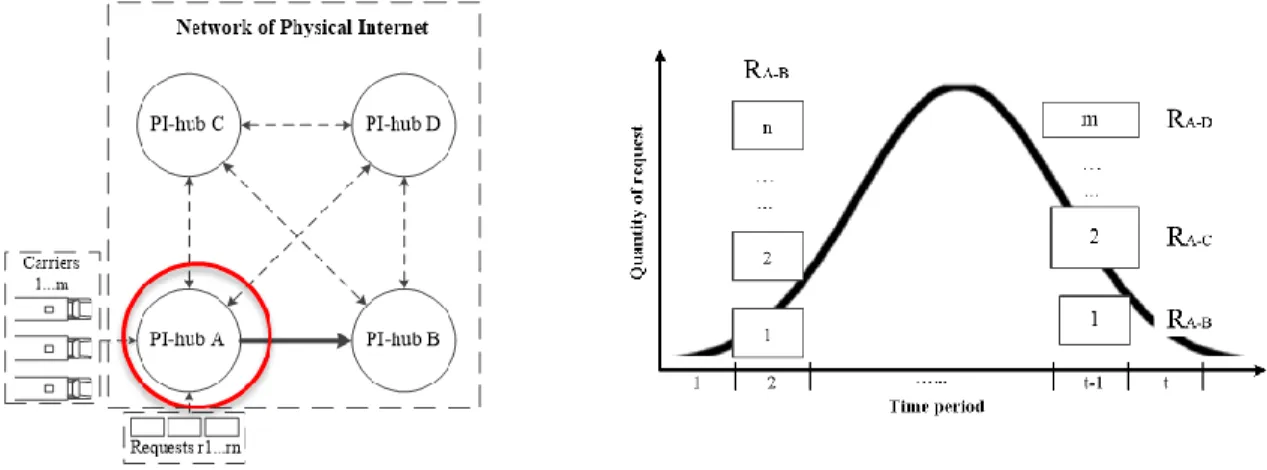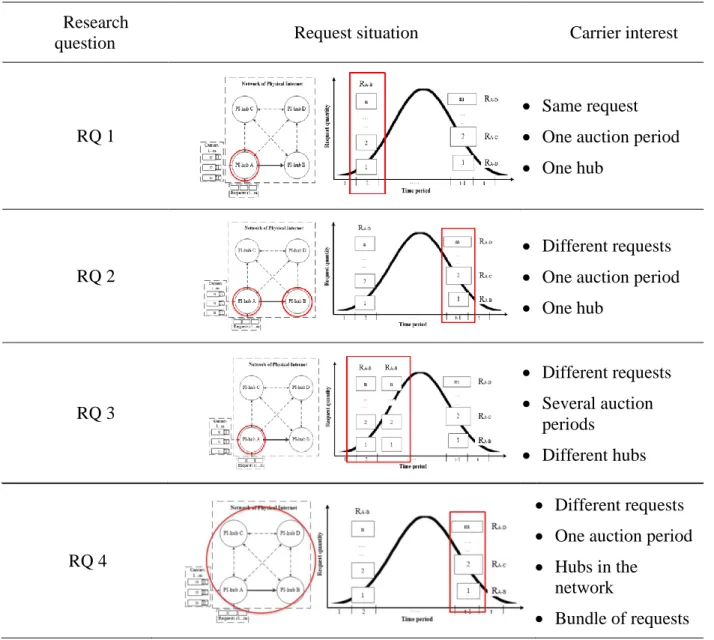Revenue Management for transport service providers in Physical Internet: freight carriers as case
Texte intégral
Figure
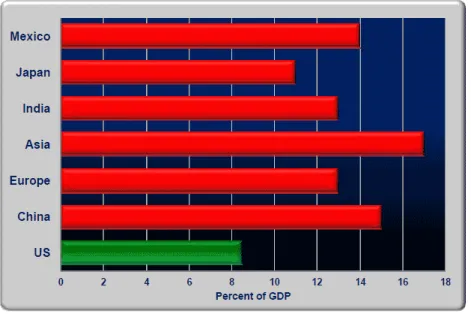
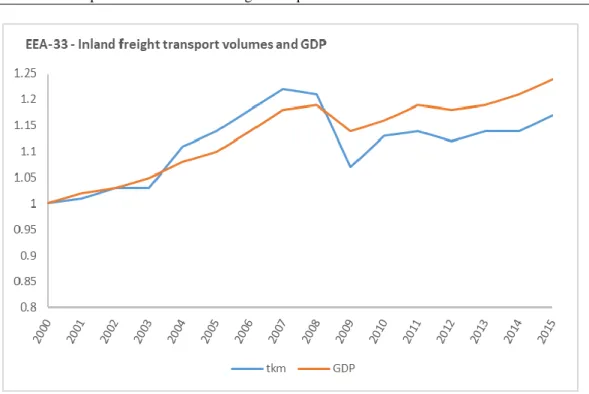
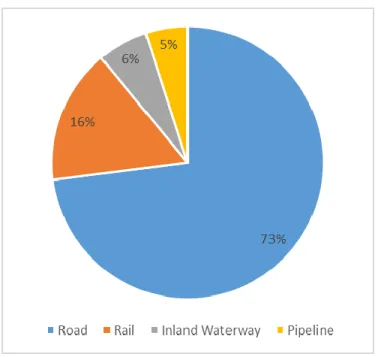
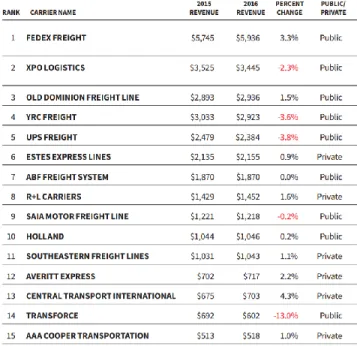
Documents relatifs
Recognizing the compelling reasons for evolving a worldwide strategy for the control of acute respiratory infections, such as the continuing massive morbidity
designed in the form of country programmes to be phased according to national priorities and to include the development of the necessary educational and
Noting resolution 402 (V) on the development of arid land, adopted by the General Assembly of the United Nations on 20 November 1950, and resolution 346 (XII) on
In the LTL pricing, reference (Douma, Schuur et al. 2006) presents how to determine the price of one-leg transport requests dynamically to maximize carrier profit
We propose a simple approach to a problem introduced by Galatolo and Pollicott, consisting in perturbing a dynamical system in order for its abso- lutely continuous invariant measure
Even if our original model can be very large and an optimal policy can be complicated (and randomized), we found that for the continuous model, the optimal policy has a
We first consider the case of an on-line algorithm for the sum-stretch optimization problem, whose competitive ratio is ρ(∆).. Let k be
Notwithstanding the presence of several alternative frameworks for business model design, the literature review allows to claim most studies converge and focus on the concept
